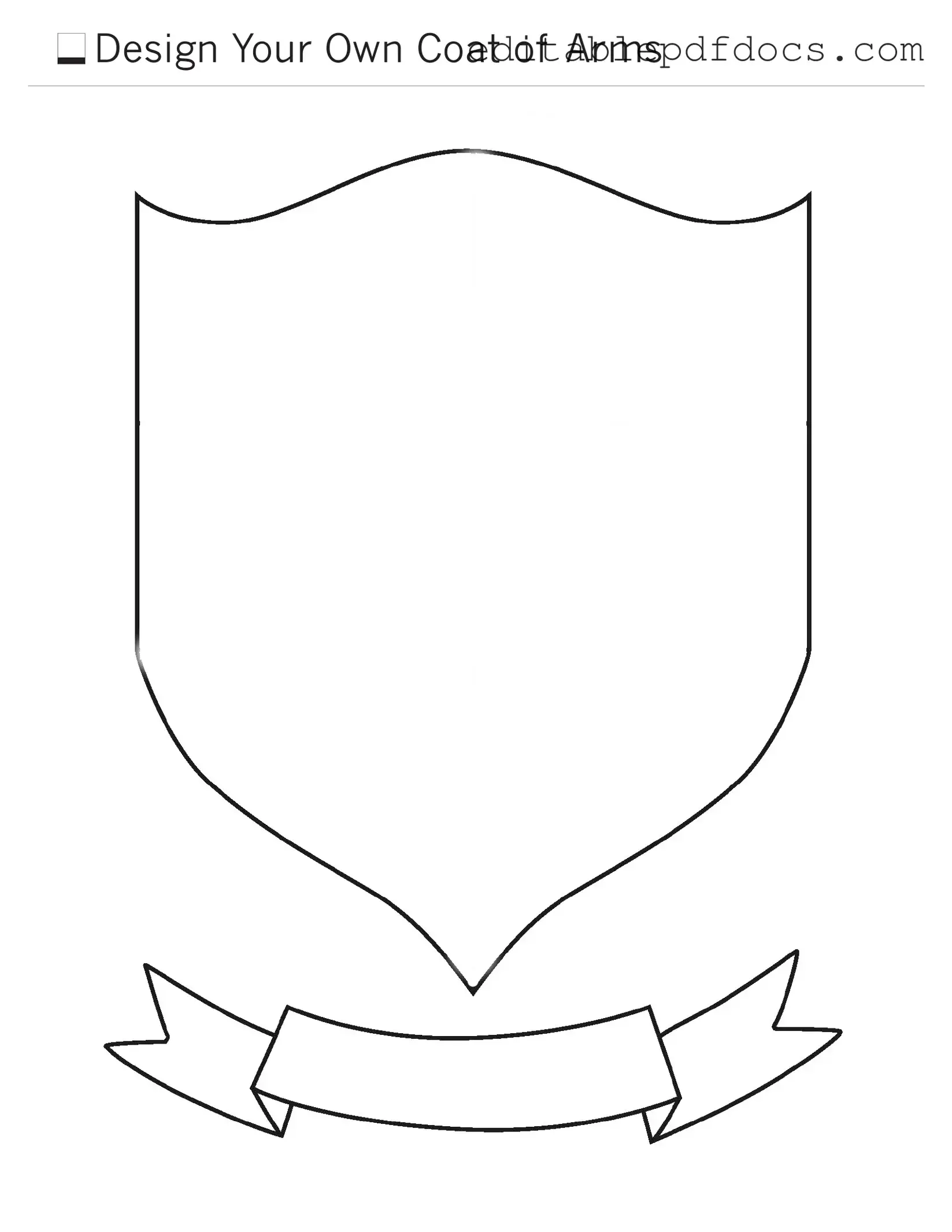The Coat of Arms form is an essential document that plays a significant role in heraldry, representing a family's lineage, achievements, and values. This form serves as a canvas, allowing individuals or organizations to express their unique identity through symbols, colors, and designs that hold personal meaning. By utilizing specific elements such as shields, crests, and supporters, the Coat of Arms encapsulates history and tradition, making it a powerful emblem of pride. Understanding the components of this form is crucial for anyone looking to create or interpret a Coat of Arms. From the choice of colors that convey emotions to the intricate symbols that tell stories, each aspect of the form is carefully considered. Furthermore, the Coat of Arms form is not just a decorative piece; it carries legal significance and can be used in various official capacities, including documents, flags, and other representations. As we delve deeper into the intricacies of the Coat of Arms form, it becomes clear that this is more than just a collection of images; it is a rich tapestry of heritage waiting to be explored.
